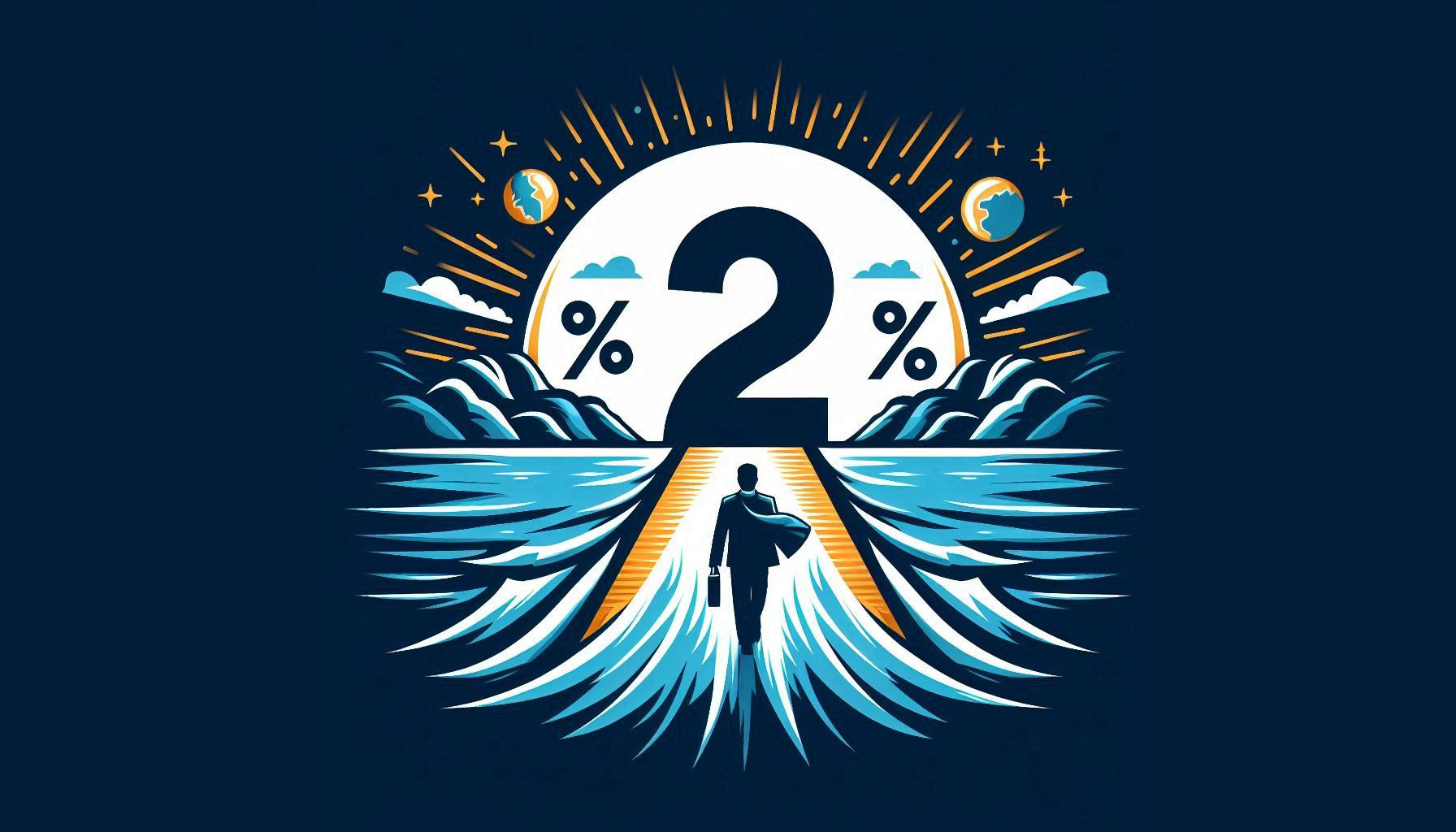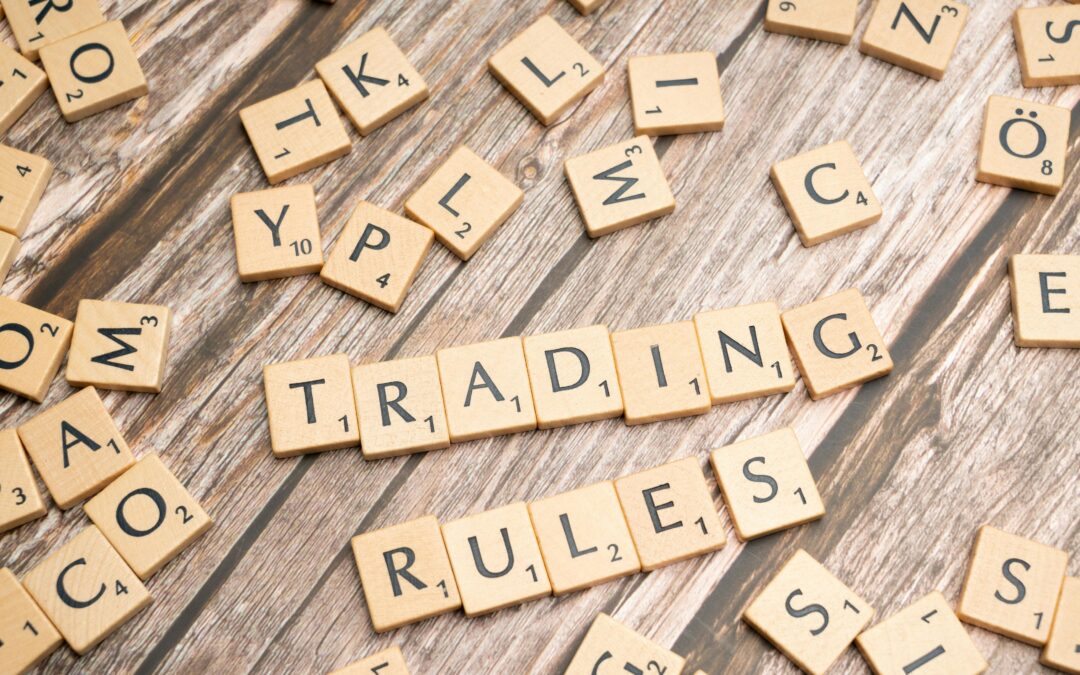This past week a very interesting anomaly happened that served as an excellent reminder to always use limits when placing market orders. Let’s say you want to buy a stock at $50 because you think it is undervalued. If you place a market order, your order will get filled at the market price at that moment. But what if there was an unexpected jump in the price overnight and when the market opened, the market price was $60. Your order would have been filled at $60, and it is no longer the bargain you thought it was. You were right, it was going up, and it did, but you were just a bit late coming to the party. The way to protect yourself Is by placing a limit order. Again, let’s say you like the stock at $50 a share and you are willing to go as high as $53 a share, you would place a limit order at $53. The order would be filled at the going market price to a maximum of $53. If the price jumped overnight and opened at $60 a share, your order would not be filled and it would expire at the end of the day, if the price did not fall to the $53 maximum during the day. By doing this, you are controlling what price you want to pay and if it is not a bargain, you want no part of it.
This very thing happened this past week. For the last few weeks, I have been saying that many companies are overbought and are ready for a pull back. As a swing trader you can profit from this by shorting companies. At the close on Thursday, May 22, Ross Stoves (ticker: ROST) closed at $152.25. I knew it was overbought and ready to come down so I recommended to short at the open on Friday, May 23. If you look at the chart you see a massive drop on Friday. It closed Friday at $137.26. Wow was I right. When you compare Friday’s close to Thursday’s close it dropped almost 10% in one day. But looks can be deceiving and things are not always as they appear.
If you were to place an order to short ROST Thursday night or Friday morning before the markets opened, your order would not have been filled at Thursday’s closing price of $152.25, your order would have been filled at Friday’s opening price of $134.60. The massive drop happened when the markets were closed. Unfortunately, you were late coming to the party. On top of that your short order would have lost money because the stock price rose during market trading on Friday from the open at $134.60 to Friday’s close of $137.26, a loss of 2%. If you had placed a 3% stop loss order protecting yourself from unexpected upswings intraday, that stop loss would have been triggered since the intra day high was $139.80. You did not gain 10% in one day, you lost 3%.
So how do you protect yourself from this? By simply placing a limit order on all your trades. I have always been a strong advocate of setting specific goals and using stop losses. My goal is to make 2% within a week. I also use a 3% stop loss for protection from unexpected spikes or reversals. But I will also set a limit on my entry point of 1% from the previous day’s closing price for added protection from unexpected peaks or troughs before the market opens. If I am buying a stock and its closing price is $100, a 1% limit means I will buy the stock at the open so long as it is $101 or less. Conversely, if am shorting a stock and it closed the previous day at $100, I will short it so long as the market price is not lower than $99. After the order is filled, set your 2% target and 3% stop loss to the settlement price. Your entry point is crucial to the success of maximizing profit and minimizing risk.
Go to twopercentgoal.com and sign up for the daily email for recommended stocks picks poised for a 2% gain for swing traders. It’s free for the first 30 days and then $99 per month thereafter. You can cancel at any time. The email will also include your limit price to prevent entering a trade if there is a major spike before the market opens. Good luck with your trades.
Al

